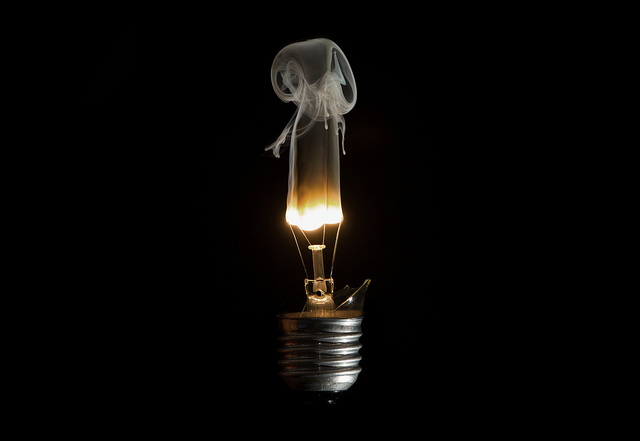Less Before More – Innovation’s Little Secret
 The natural mindset of innovation is more-centric. More throughput; more performance; more features and functions; more services; more sales regions and markets; more applications; more of what worked last time. With innovation, we naturally gravitate toward more.
The natural mindset of innovation is more-centric. More throughput; more performance; more features and functions; more services; more sales regions and markets; more applications; more of what worked last time. With innovation, we naturally gravitate toward more.
There are two flavors of more, one better than the other. The better brother is more that does something for the first time. For example, the addition of the first airbags to automobiles – clearly an addition (previous vehicles had none) and clearly a meaningful innovation. More people survived car crashes because of the new airbags. This something-from-nothing more is magic, innovative, and scarce.
Most more work is of a lesser class – the more-of-what-is class. Where the first airbags were amazing, moving from eight airbags to nine – not so much. When the first safety razors replaced straight razors, they virtually eliminated fatal and almost fatal injuries, which was a big deal; but when the third and fourth blades were added, it was more trivial than magical. It was more for more’s sake; it was more because we didn’t know what else to do.
While more is more natural, less is more powerful. The Innovator’s Dilemma clearly called out the power of less. When the long-in-the-tooth S-curve flattens, Christensen says to look down, to look down and create technologies that do less. Actually, he tells us someone will give ground on the very thing that built the venerable S-curve to make possible a done-for-the-first-time innovation. He goes on to say you might as well be the one to dismantle your S-curve before a somebody else beats you to it. Yes, a wonderful way to realize the juciest innovation is with a less-centric mindset.
The LED revolution was made possible with less-centric thinking. As the incandescent S-curve hit puberty, wattage climbed and more powerful lights became cost effective; and as it matured, output per unit cost increased. More on more. And looking down from the graying S-curve was the lowly LED, whose output was far, far less.
But what the LED gave up in output it gained in less power draw and smaller size. As it turned out, there was a need for light where there had been none – in highly mobile applications where less size and weight were prized. And in these new applications, there was just a wisp of available power, and incandesent’s power draw was too much. If only there was a technology with less power draw.
But at the start, volumes for LEDs were far less than incandesent’s; profit margin was less; and most importantly, their output was far less than any self-respecting lightbulb. From on high, LEDs weren’t real lights; they were toys that would never amount to anything.
You can break intellectual inertia around more, and good things will happen. New design space is created from thin air once you are forced from the familiar. But it takes force. Creative use of constraints can help.
Get a small team together and creatively construct constraints that outlaw the goodness that makes your product great. The incandescent group’s constraint could be: create a light source that must make far less light. The automotive group’s constraint: create a vehicle that must have less range – battery powered cars. The smartphone group: create a smartphone with the fewest functions – wrist phone without Blutooth to something in your pocket , longer battery life, phone in the ear, phone in your eyeglasses.
Less is unnatural, and less is scary. The fear is your customers will get less and they won’t like it. But don’t be afraid because you’re going to sell to altogether different customers in altogether markets and applications. And fear not, because to those new customers you’ll sell more, not less. You’ll sell them something that’s the first of its kind, something that does more of what hasn’t been done before. It may do only a little bit of that something, but that’s far more than not being able to do it all.
Don’t tell anyone, but the next level of more will come from less.
 Mike Shipulski
Mike Shipulski
We can certainly see how over-featured many products are today, especially cars and electronic devices. “Adding” simplicity is so tough for people and organizations. Yet, with an aging demographic in many world markets—simplicity and ease-of-use in products is becoming more critical and should be strongly embraced.
Great piece, Mike.
Thanks again for a great post, Mike.
This one immediately gave me an idea to replace a 300€ system with a 25€ part in one of our products. It will require slightly more from the user, but after the price reduction the product will be available for a larger group of companies.
@Eljas, I’m happy you changed your design thinking based on my post. That’s a huge compliment. Mike